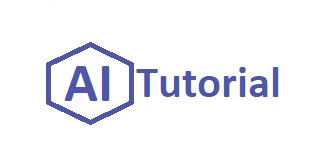🤖 What is Generative AI?
Generative AI is a branch of artificial intelligence that creates original content—like text, images, music, and videos—by learning patterns from existing data.
Instead of retrieving existing material, it uses advanced algorithms to predict and produce new outputs. This technology is driving innovation across multiple fields, including content creation, design, scientific discovery, and personalized user experiences.
🎓 Simple Analogy:
Imagine a student who reads tons of books, watches lots of movies, and listens to all kinds of music. Now, if you ask this student to:- 📝 Write a new story
- 🎨 Draw a picture
- 🎵 Compose a song
- 🎬 Make a short video
⚙️ Types of Generative AI Models
Here are the most widely used generative AI model types:
1. Generative Adversarial Networks (GANs)
GANs consist of two neural networks—the Generator and the Discriminator—working in opposition.- The generator creates content.
- The discriminator evaluates its authenticity.
- Common in realistic image/video generation (e.g., DeepFakes).
2. Variational Autoencoders (VAEs)
VAEs compress input data into a smaller form (encoding) and then reconstruct it (decoding).- Used for image denoising, data synthesis, and representation learning.
3. Transformer-Based Models
Transformers are the backbone of modern LLMs like GPT, BERT, and T5.- Use attention mechanisms to understand context.
- Ideal for text generation, summarization, translation, and chatbots.
4. Diffusion Models
Diffusion models generate content by reversing a noise process.- Start with random noise and refine it step-by-step.
- Power image generators like DALL·E 2 and Stable Diffusion.
